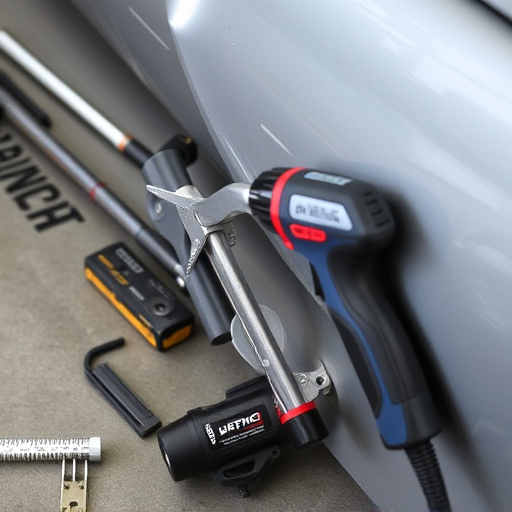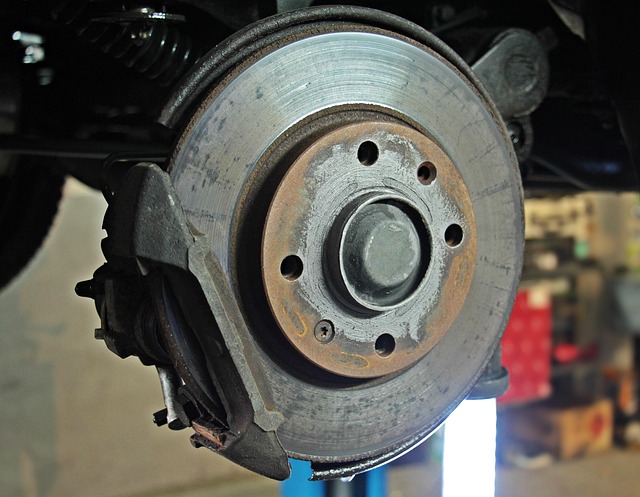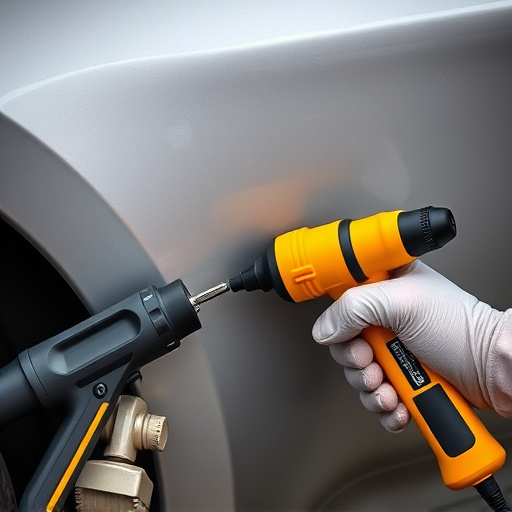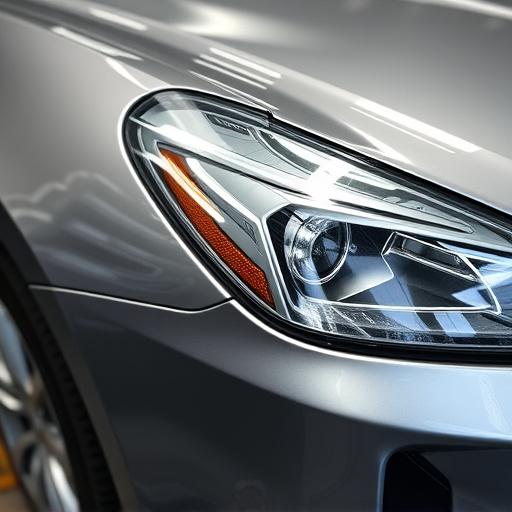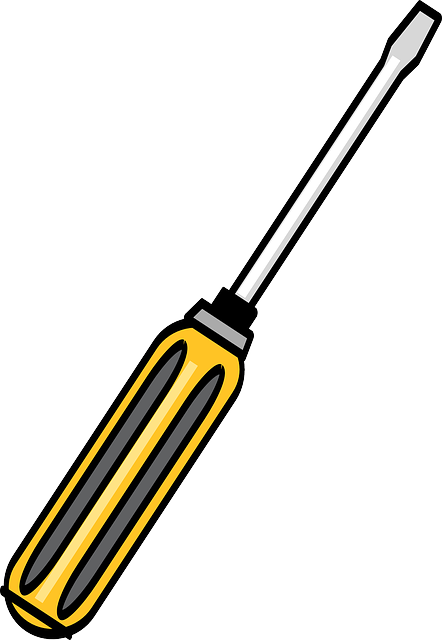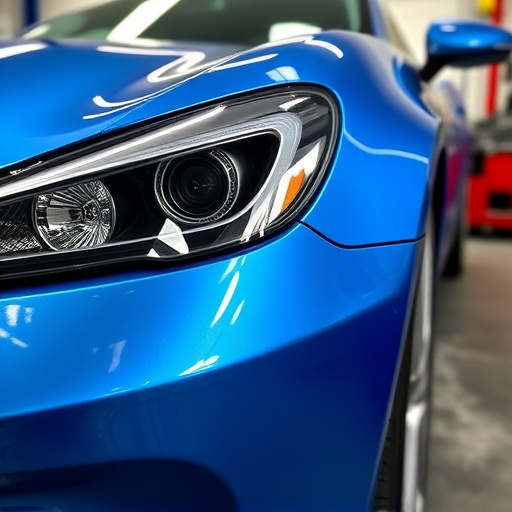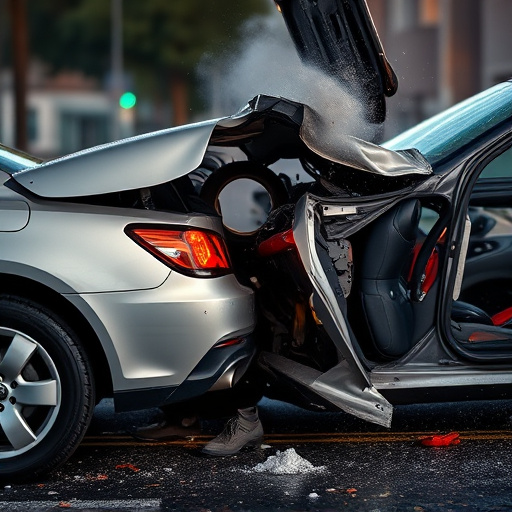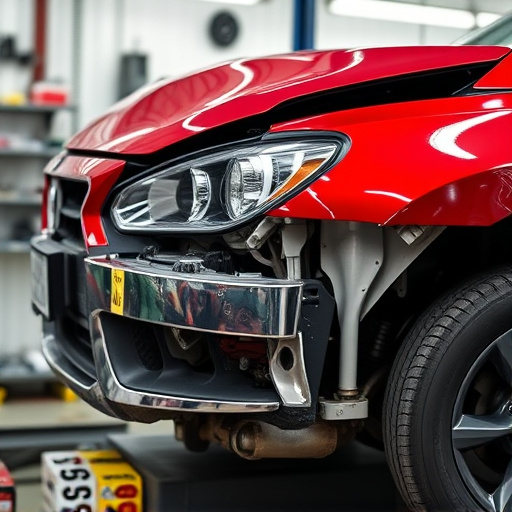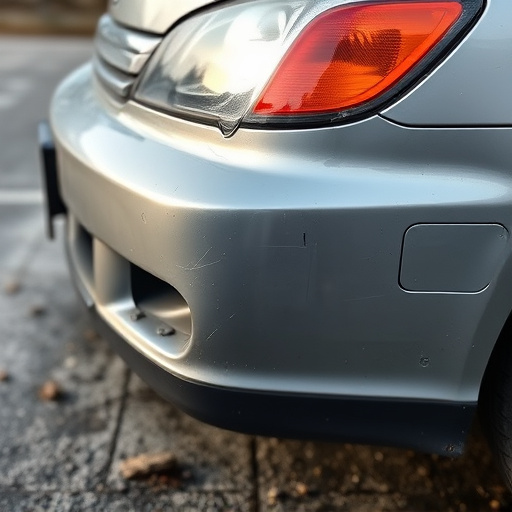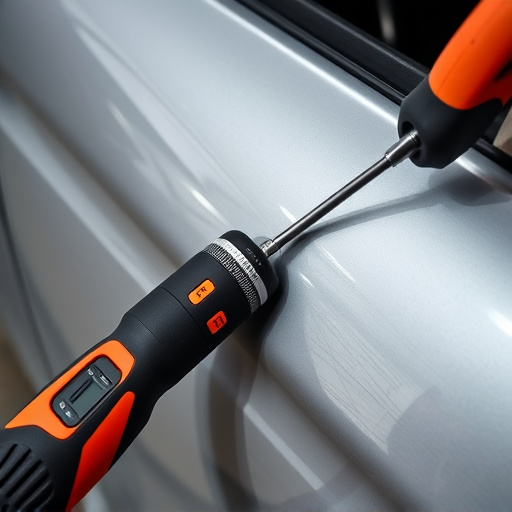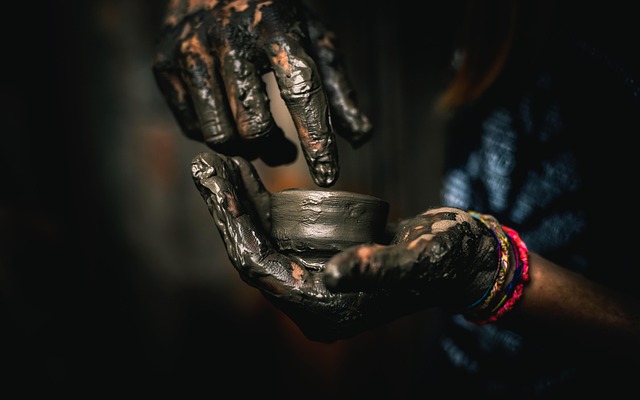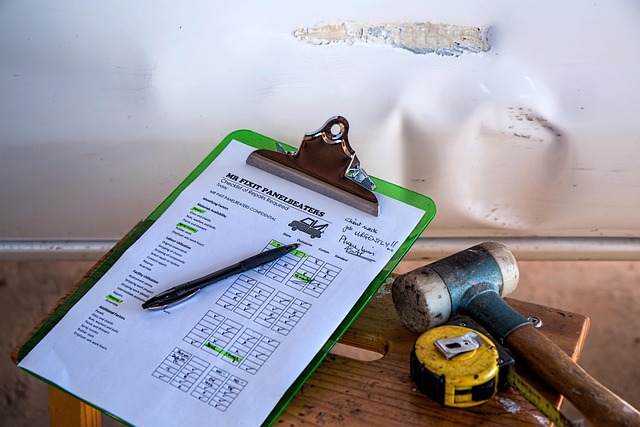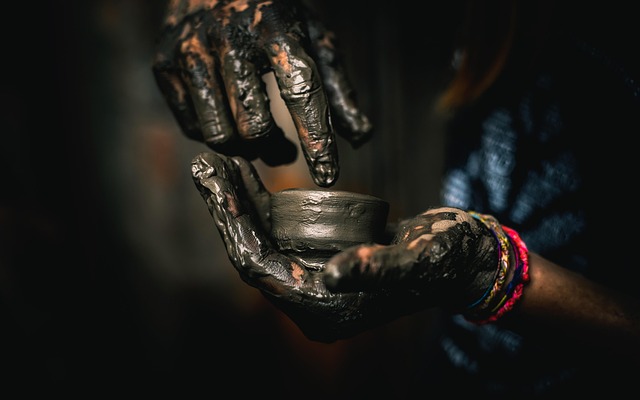Auto insurance policies often cover critical cooling system components, protecting against unexpected failures due to accidents or natural disasters. Prompt repair services address leaks and performance issues, ensuring vehicle safety and fuel efficiency. Understanding policy exclusions for neglect or lack of maintenance is crucial when filing claims for cooling system accident damage. Effective navigation requires detailed documentation and communication with insurers, minimizing out-of-pocket expenses.
“Unsure if your insurance policy covers cooling system failures after an accident? This guide is designed to demystify the process for drivers everywhere. We’ll explore the ins and outs of ‘cooling system accident damage’ coverage, breaking down complex clauses into simple terms. By understanding what constitutes accident damage and navigating potential policy exclusions, you can make informed decisions post-crash. Whether it’s a fender bender or a more severe incident, knowing your rights is crucial for managing repair costs effectively.”
- Understanding Cooling System Insurance Coverage
- What Constitutes Accident Damage?
- Navigating Claims and Policy Exclusions
Understanding Cooling System Insurance Coverage
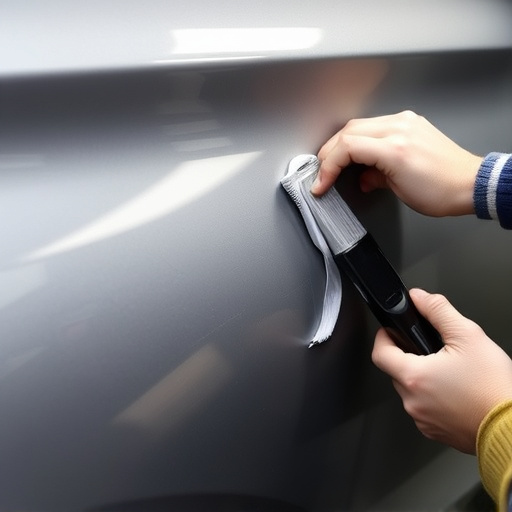
Understanding Cooling System Insurance Coverage
When it comes to automotive insurance, coverage for cooling system accident damage can vary significantly depending on your policy and the circumstances of the incident. Many standard auto insurance policies include some level of protection for cooling system components, recognizing their critical role in a vehicle’s overall performance and safety. This coverage is particularly relevant when dealing with unexpected failures or accidents that impact the car’s engine cooling mechanisms.
The terms “cooling system” encompass various parts, including radiators, water pumps, thermostat housings, and hoses. In the event of a collision or other accident, these components may suffer damage, leading to overheating or even complete failure. Thankfully, many insurance providers offer comprehensive coverage for such incidents, ensuring that repairs or replacements are covered without the need for separate policies dedicated solely to car dent removal or autobody repairs. Understanding your policy’s specifics is key to knowing what’s covered in case of a cooling system-related mishap.
What Constitutes Accident Damage?
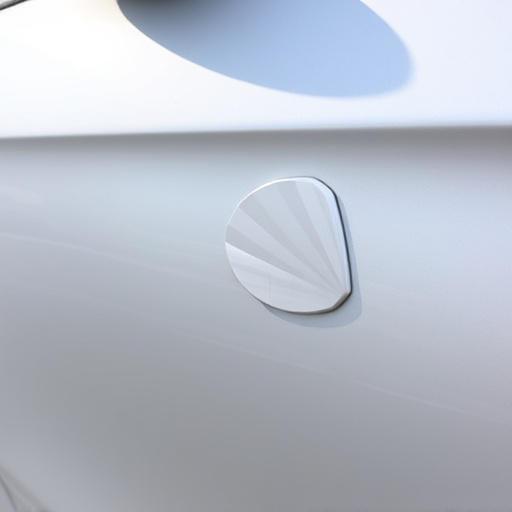
Accident damage refers to any harm caused to a vehicle as a result of a sudden, unexpected event, typically involving another object or force. This includes various types of incidents like collisions, rollovers, and even natural disasters. When it comes to the cooling system, accident damage can manifest in several ways. For instance, a collision might lead to leaks or cracks in radiators, condensers, or cooling pipes, causing not only structural damage but also affecting the overall performance and efficiency of the system.
In terms of auto body repairs, especially for fleet repair services, addressing cooling system accident damage is crucial. Vehicle body repair professionals are equipped to assess and fix these issues, ensuring that the car not only looks good as new but also functions optimally. Prompt action is key; delaying repairs could lead to more severe problems, impacting both safety and fuel efficiency.
Navigating Claims and Policy Exclusions
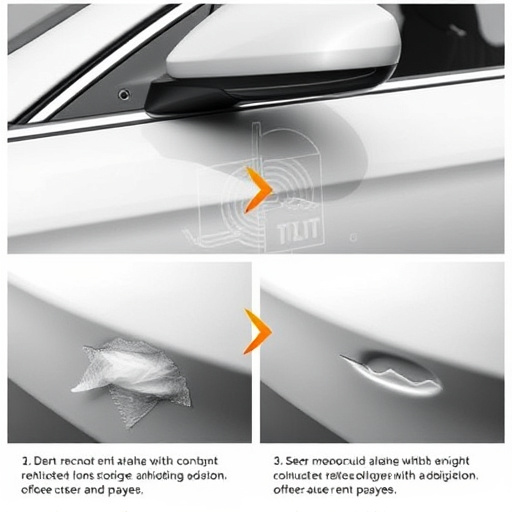
Navigating Claims and Policy Exclusions for Cooling System Accident Damage
When it comes to cooling system accident damage, understanding your insurance policy is crucial. Many standard auto insurance policies cover damages caused by accidents, including those affecting the cooling system. However, policy exclusions vary between providers, so it’s essential to review your specific coverage. Some policies might exclude certain types of cooling system failures or accidents that occur under specific conditions, such as neglect or lack of maintenance.
During the claims process, be prepared to provide detailed information about the accident and the subsequent damage to your vehicle’s cooling system. This includes a description of the incident, any mechanical assessments, and estimates for repair costs. While some insurance companies may cover repairs entirely, others might require you to pay deductibles or contribute to specific parts or labor costs. Keeping records of all communications with your insurer and documentation related to the damage and repairs is essential for ensuring a smooth claims process and minimizing out-of-pocket expenses, including potential needs for auto painting or scratch repair services after the cooling system has been replaced or repaired by automotive experts.
When it comes to covering cooling system accident damage, insurance policies can vary significantly. Understanding what constitutes accidental damage, navigating claims processes, and being aware of policy exclusions are crucial steps in ensuring you receive the necessary coverage for unexpected repairs or replacements. By familiarizing yourself with your insurance policy and seeking clarification when needed, you can protect yourself from financial surprises should an issue arise with your cooling system. Remember to review your policy thoroughly and don’t hesitate to consult with your insurer if questions arise regarding cooling system accident damage coverage.
